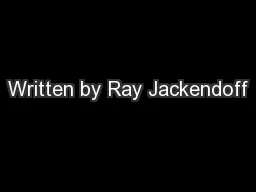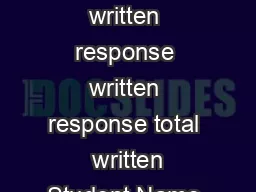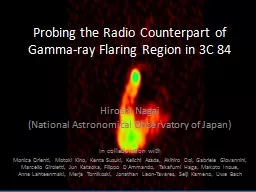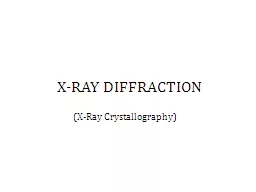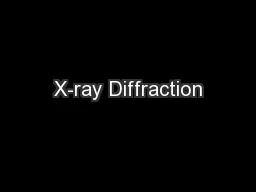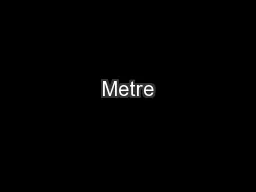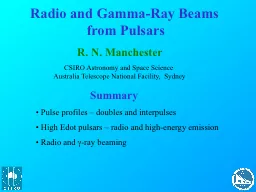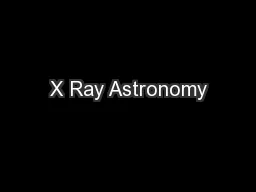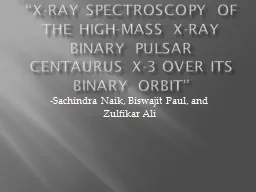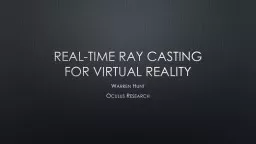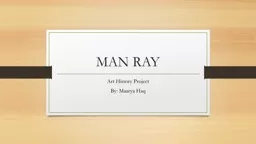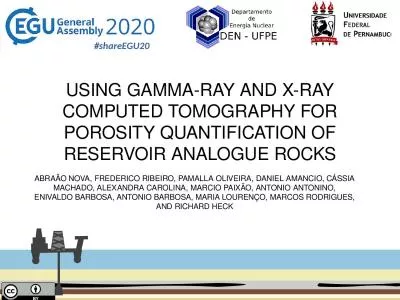PDF-Written by Ray Jackendoff
Author : ellena-manuel | Published Date : 2016-11-21
w did What does the question mean In asking about the origins of human language wefirst have to make clear what the question is Thequestion is not how languages
Presentation Embed Code
Download Presentation
Download Presentation The PPT/PDF document "Written by Ray Jackendoff" is the property of its rightful owner. Permission is granted to download and print the materials on this website for personal, non-commercial use only, and to display it on your personal computer provided you do not modify the materials and that you retain all copyright notices contained in the materials. By downloading content from our website, you accept the terms of this agreement.
Written by Ray Jackendoff: Transcript
Download Rules Of Document
"Written by Ray Jackendoff"The content belongs to its owner. You may download and print it for personal use, without modification, and keep all copyright notices. By downloading, you agree to these terms.
Related Documents

